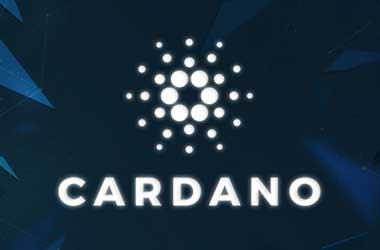
During the same time span, the aggregate number of Cardano wallets holding a minimum of $1 million in ADA tokens increased from 3,625 to 9,830, according to data analytics platforms CoinMetrics and Messari. Furthermore, compared to ADA’s 1,455% year-to-date (YTD) gains, the overall count of Cardano millionaires increased from 504 to 9,830 – a 1,850% increase.
This was accompanied by irregular increases in Google Trends queries for the term “Cardano,” indicating retail curiosity. In addition, the count of Cardano wallets containing over $10 million in ADA tokens increased from 504 on July 20 to nearly 1,000. There were just 86 wallets with balances more than $10 million on January 1. The growth of ADA in 2021 also resulted in an increase in the total of its unspent transaction outputs (UTXOs).
UTXOs are coins that have stood unspent in their respective cryptocurrency wallets after deposit. As a result, if a blockchain network sees an increase in UTXOs, it means that almost all wallets are retaining the cryptocurrency rather than moving it to other addresses, indicating a relatively weak selling mood.
According to CoinMetrics statistics obtained by Messari, Cardano’s UTXO count has increased from 816,600 on January 1 to 2.85 million at the time of publishing. This demonstrates an enormous increase in Cardano investors’ “hodling” attitude, which may have acted as a support to ADA’s 1,455% YTD gain.
The choice to hold rather than sell ADA tokens was influenced by Cardano’s potential to topple its main blockchain competitor, Ethereum, which was experiencing congestion issues and increased transaction costs at the start of 2021.
For example, ADA/USD increased 579% in the first quarter on excitement surrounding the “Mary” upgrade, a protocol patch that transformed Cardano into a multi-asset blockchain. As a result, the blockchain is now interoperable with host ventures in the burgeoning decentralized finance (DeFi) and nonfungible tokens (NFTs) sector.
The upgrade, which debuted on March 1, was succeeded by another hard fork dubbed “Shelley” in July. Cardano’s planned proof-of-stake layer was implemented in the new mainnet, enabling users to participate to the transaction verification process either straightforwardly (through a stake pool) or passively (via delegation) in return for staking incentives.
Nonetheless, notwithstanding the strong fundamentals, the ADA/USD pair gained just 19.21% in the second quarter, owing in part to China’s clampdown on its provincial cryptocurrency business and Tesla CEO Elon Musk’s anti-Bitcoin (BTC) comments.
Despite this, the Cardano UTXO count continued to rise throughout the second quarter’s volatility in the cryptocurrency market. On July 26, when ADA was trading for $1.25, the UTXo count reached a high of 2.93 million.
During the third quarter, Cardano formalized its intentions to transform into a smart contract platform comparable to Ethereum through an update referred to as “Alonzo.” As a consequence, speculative bids for ADA have risen, as has investor skepticism.
Ethereum TVL 114 billion, daily NFT over 100 million, daily transactions 1.2 million, 166 million addresses total. Plus first mover advantage and near universal acceptance of ETH and ETH standard tokens on exchanges and in defi.
Cardano has a lot of work to do post launch!
— Lark Davis (@TheCryptoLark) August 24, 2021